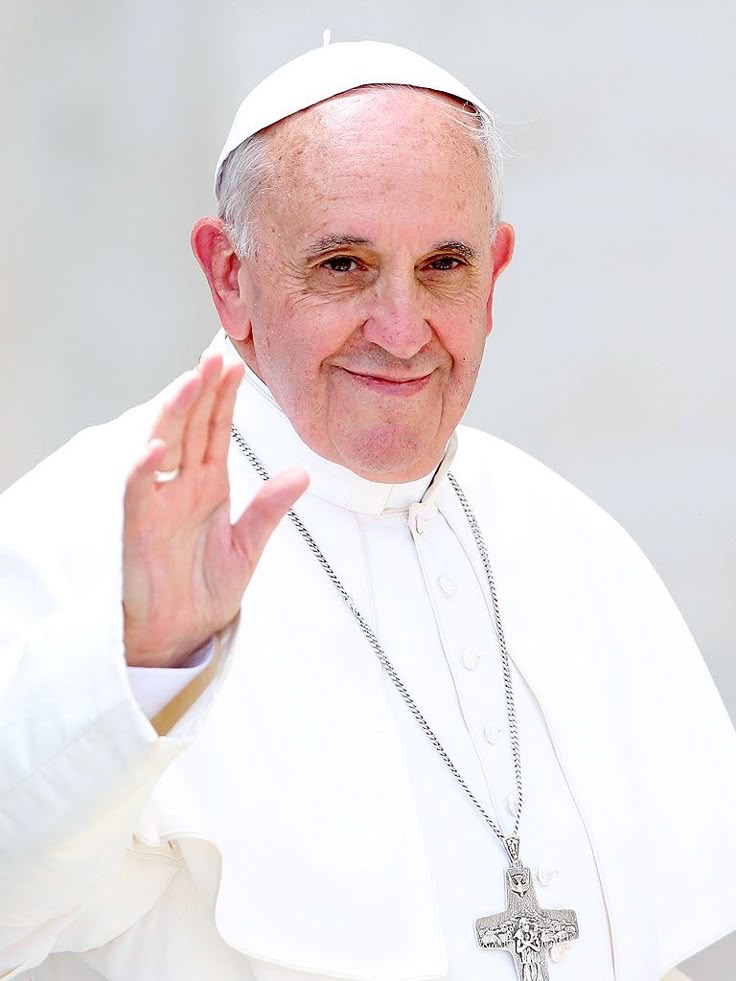Pope Francis Dies at 88: A Papacy Defined by Compassion, Reform, and Controversy
On April 21, 2025, the world bid farewell to Pope Francis, who passed away at the age of 88 at the Vatican’s Casa Santa Marta. His death, confirmed by Cardinal Kevin Farrell, marked the end of a groundbreaking 12-year papacy that left a lasting impact on the Roman Catholic Church—both through sweeping reforms and polarizing decisions. Born Jorge Mario Bergoglio in Buenos Aires, Argentina, Francis was the first pope from Latin America and the first Jesuit to hold the role. Known for his humility and deep concern for the marginalized, he reshaped global perceptions of the papacy, even as he stirred debate within the Church and beyond.
Francis had long struggled with respiratory issues stemming from a lung operation in his youth. In early 2025, he was hospitalized for over a month with double pneumonia, and though he briefly recovered, his frailty was evident during his final public appearance on Easter Sunday. He died the following morning, reportedly from a stroke, sending shockwaves through a grieving Catholic community. “We just saw him yesterday,” said 69-year-old Roman pilgrim Marco Volpi. “No one expected this.”
When he stepped into the role on March 13, 2013, Francis broke with centuries of tradition. He was the first non-European pope in nearly 1,300 years and quickly set himself apart by choosing to live modestly at the Domus Sanctae Marthae instead of the Apostolic Palace. His leadership focused on mercy, inclusion, and social justice, championing causes like climate action, migrant rights, and economic inequality. He appointed a diverse group of bishops and cardinals, many aligned with his progressive vision, and didn’t shy away from sensitive conversations around LGBTQ+ inclusion and the role of women in the Church.
But his approach wasn’t without criticism. Conservatives bristled at his critiques of capitalism and his open style of leadership, accusing him of muddying doctrine. His cautious comments on Russia’s invasion of Ukraine, urging dialogue over condemnation, raised eyebrows. And while he took steps to address clerical sexual abuse—meeting survivors and updating Church procedures—activists argued those reforms lacked transparency and teeth. His stance on same-sex unions also left many feeling conflicted: he urged compassion but maintained traditional views on marriage.
In recent months, the Vatican had quietly prepared for the inevitable. On the morning of his death at 7:35 AM, the ancient protocols kicked in. Cardinal Farrell, serving as camerlengo, formally confirmed his passing and initiated the “Novendiale”—a nine-day period of mourning. Francis had requested a simpler farewell than his predecessors: no grandiose ceremony, no state funeral. His body now lies in an open casket at St. Peter’s Basilica, where tens of thousands are expected to pay their respects. He will be buried at the Basilica of St. Mary Major, according to his wishes.
In the coming weeks, the College of Cardinals will gather in the Sistine Chapel for the secretive conclave that will elect the next pope. Their decision, signaled to the world by smoke rising from the chapel’s chimney, will shape the direction of the Church in a time of global uncertainty. Whether the next pontiff builds on Francis’ progressive legacy or steers the Church back toward traditionalism remains to be seen.
World leaders have already begun paying tribute. From Italian Prime Minister Giorgia Meloni to Nobel laureate Jose Ramos-Horta of East Timor, praise poured in for a pope who dared to challenge the status quo. Francis, often called the “People’s Pope,” will be remembered as a spiritual leader who spoke softly, lived simply, and championed the voiceless. His legacy is now part of the Church’s complex history—a chapter that will influence generations to come.

